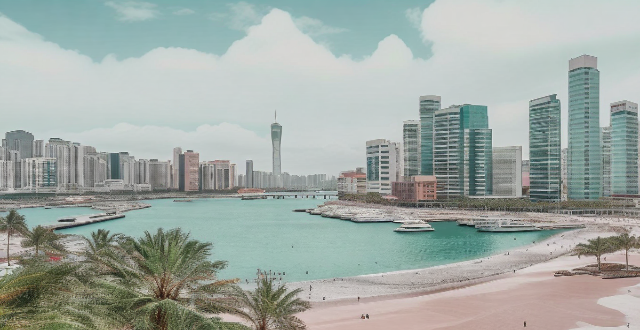Sports facilities enhance city economy by attracting tourists, creating jobs, promoting community development, offering branding opportunities, and improving public health.

The Impact of Sports Facilities on the Economic Vitality of a City
Sports facilities play a crucial role in enhancing the economic vitality of a city. They not only provide opportunities for physical activity and entertainment but also contribute significantly to the local economy. In this article, we will discuss the various ways in which sports facilities impact the economic vitality of a city.
Attracting Tourists and Visitors
One of the primary ways in which sports facilities boost the economy of a city is by attracting tourists and visitors. Major sporting events such as the Olympics, World Cup, or Super Bowl can draw thousands of people to a city, leading to increased spending on accommodations, food, transportation, and other services. Additionally, professional sports teams and stadiums can become iconic landmarks that attract fans from around the world, further stimulating tourism and related industries.
Job Creation and Employment Opportunities
The construction and maintenance of sports facilities require skilled labor, creating job opportunities in various sectors such as construction, engineering, architecture, landscaping, and facility management. Moreover, once these facilities are operational, they generate employment opportunities in areas like hospitality, retail, security, ticketing, and concessions. These jobs not only provide income for local residents but also contribute to the overall economic growth of the city.
Community Development and Urban Renewal
Sports facilities often serve as catalysts for community development and urban renewal projects. The construction of a new stadium or arena can spur investment in surrounding neighborhoods, leading to the development of commercial spaces, residential areas, and infrastructure improvements. This revitalization can help to transform blighted areas into vibrant communities, increasing property values and attracting more businesses and residents to the area.
Branding and Marketing Opportunities
Sports facilities can also enhance the brand image of a city, making it more attractive to investors, businesses, and potential residents. A well-known sports venue or team can serve as a symbol of the city's identity and culture, helping to establish a unique brand that sets it apart from other cities. This branding can be leveraged in marketing campaigns to promote the city as a desirable location for business and leisure activities.
Health and Wellness Benefits
Finally, sports facilities contribute to the overall health and wellness of a city's residents. By providing accessible spaces for physical activity and recreation, these facilities encourage healthy lifestyles and reduce healthcare costs associated with obesity and related illnesses. This improved public health can lead to increased productivity and reduced absenteeism in the workforce, further benefiting the city's economy.
In conclusion, sports facilities play a significant role in enhancing the economic vitality of a city by attracting tourists and visitors, creating job opportunities, promoting community development and urban renewal, offering branding and marketing opportunities, and contributing to the health and wellness of residents. Investing in sports facilities is not only beneficial for the local economy but also for the quality of life of those who live and work in the city.